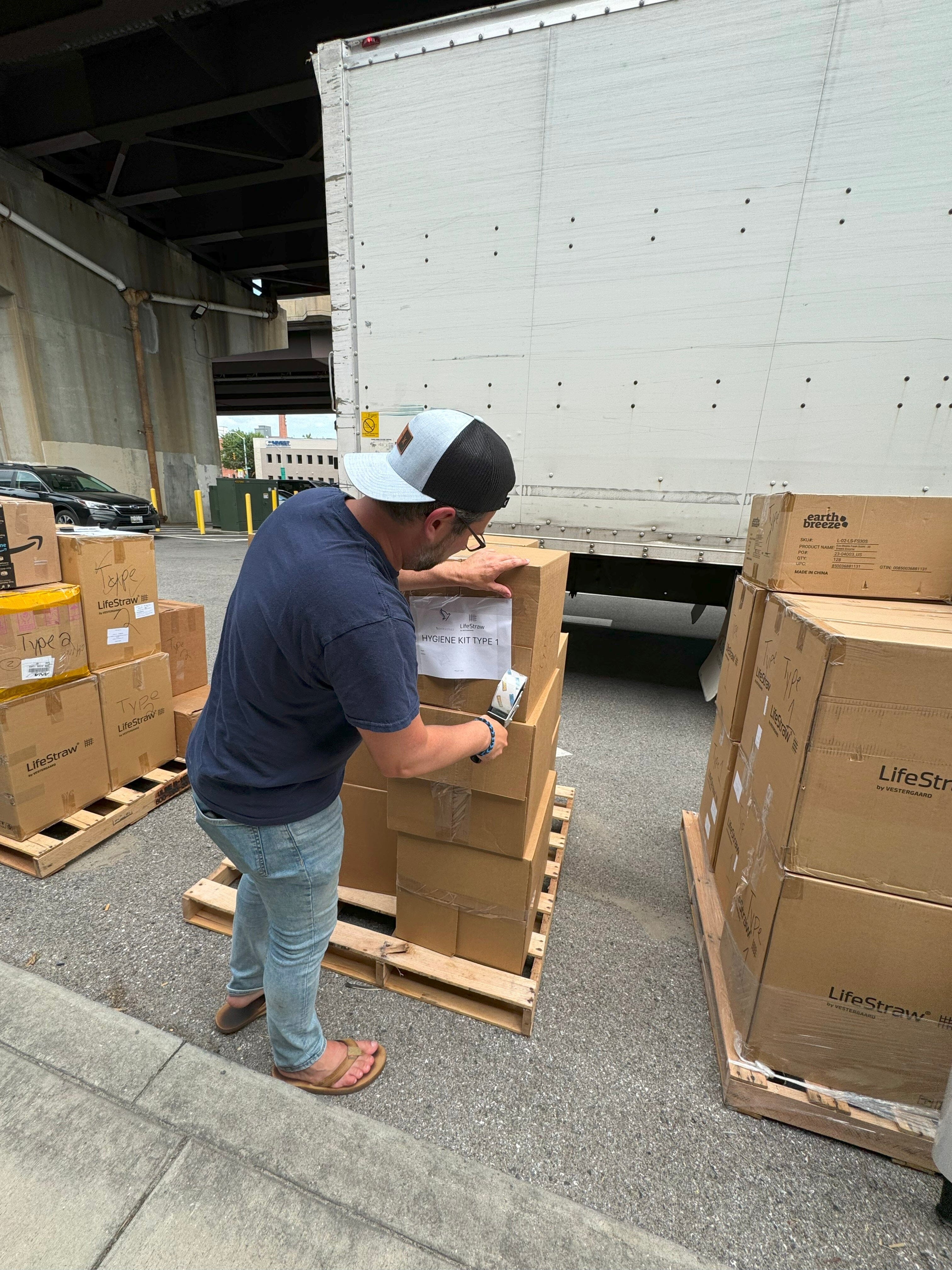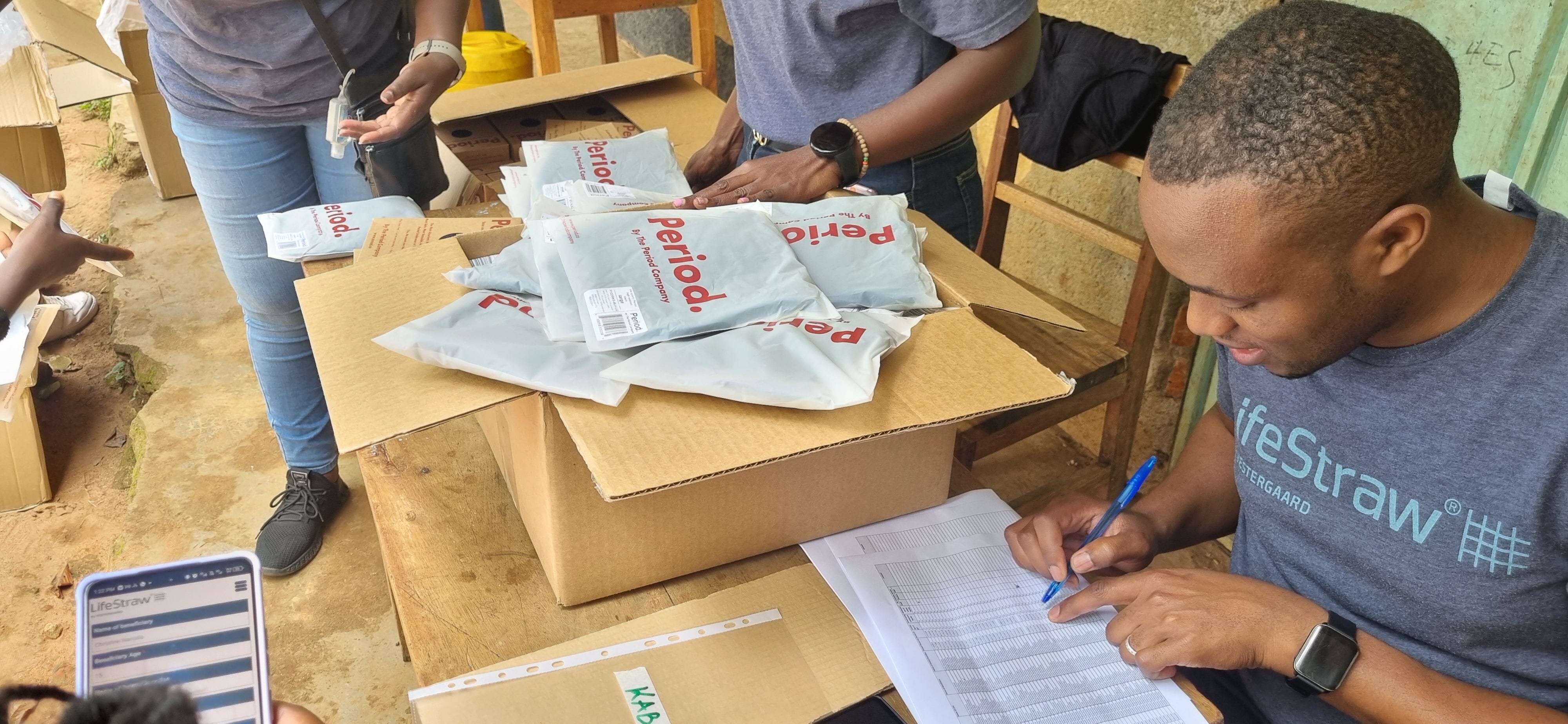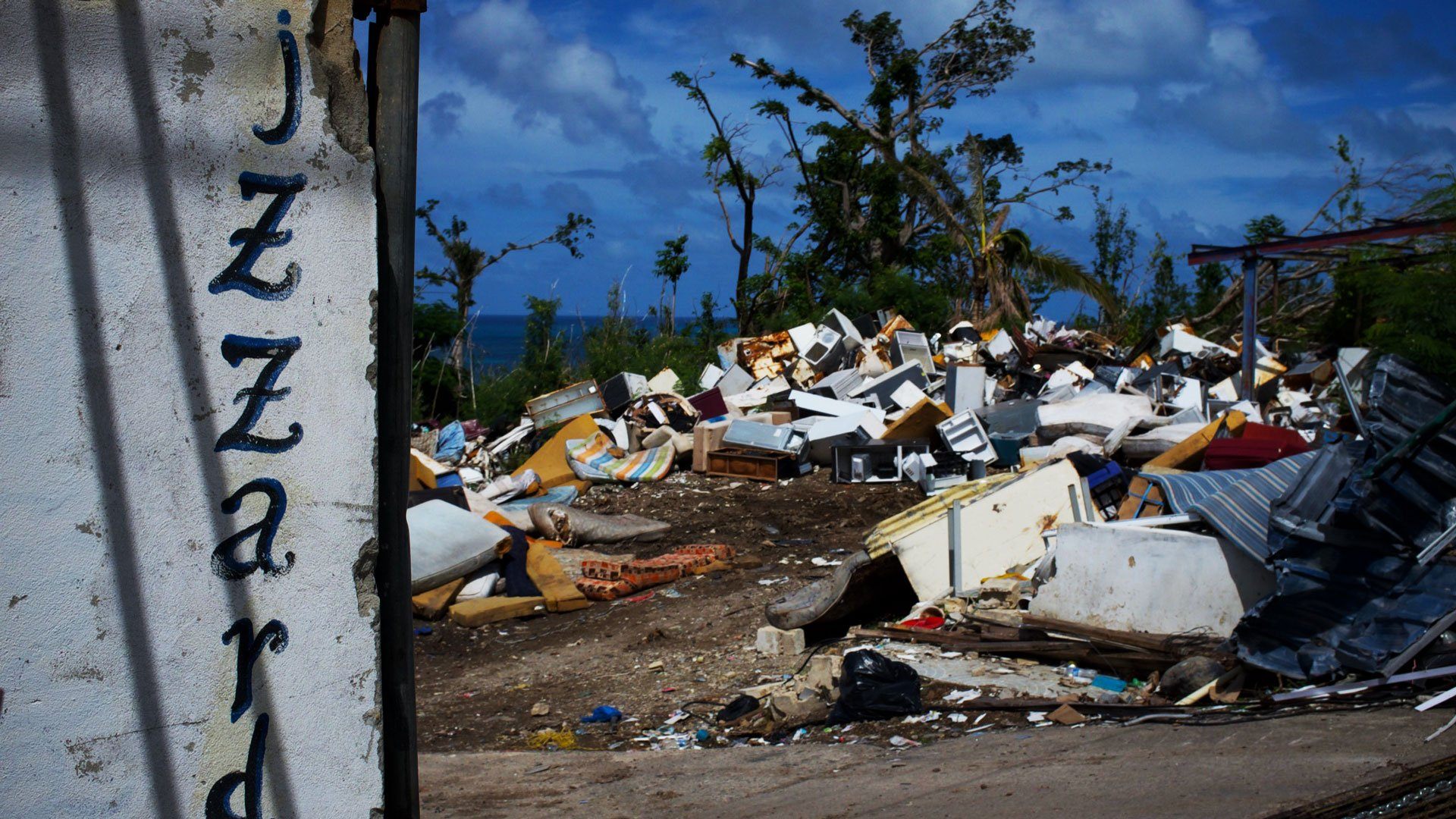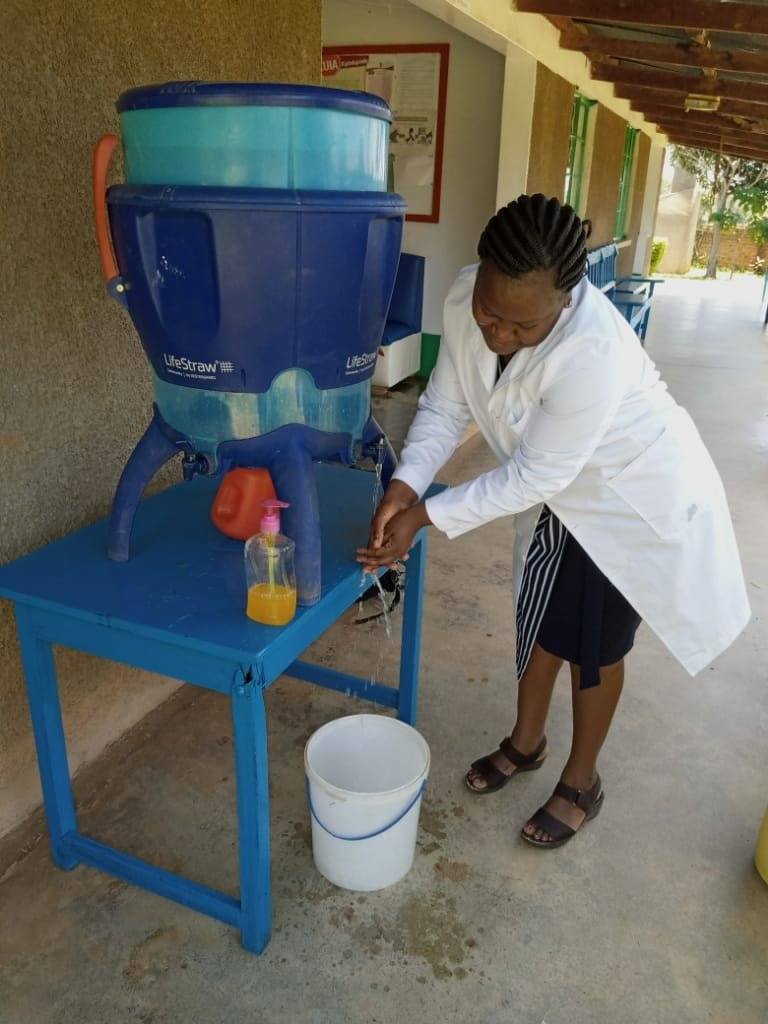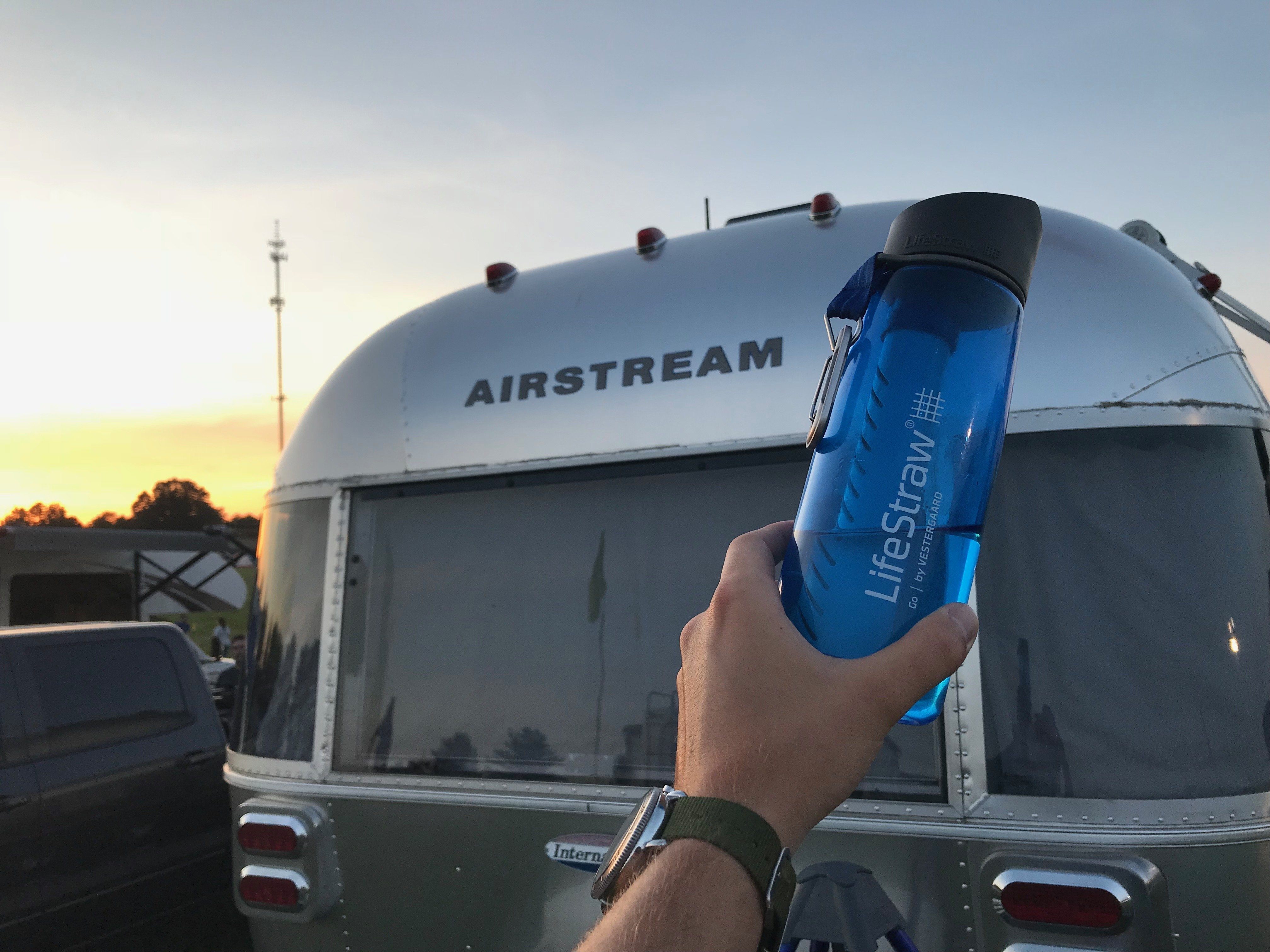
A PSA on PFAS: What are they and how can you filter them from your drinking water?
October 21, 21
What do a microwave popcorn bag, a nonstick pan and nail polish all have in common? These products frequently contain chemicals known as per- and polyfluoroalkyl substances, or PFAS, often referred to as "forever chemicals" that are severely threatening public health and water sources around the world.
They've also attracted recent media attention: in October 2021, the U.S. Environmental Protection Agency (EPA) announced a PFAS Strategic Roadmap "to confront PFAS contamination nationwide."
What are PFAS?
PFAS are a group of man-made chemicals that cause adverse human health effects and contaminate water supplies. To make matters worse, PFAS are stubborn chemicals; rather than degrading, they accumulate within the environment over time. PFOA (perfluorooctanoic acid) and PFOS (perfluorooctane sulfonate) are the two most commonly produced PFAS worldwide (1).
Because of their unique ability to repel oil and water, PFOA and PFOS have been used widely in the manufacturing of many industrial and consumer products such as fire-fighting foams, stain repellents, nonstick cookware, waterproof clothing and shoes, fast food wrappers, personal care products, and many other consumer goods (5, 8).
These chemicals became prevalent in the 1950s when industries started offering more advanced products like stainless steel pots or water repellent jackets (9). As we developed a culture of speed and “to go” meals, takeout containers were also made with PFAS to avoid sticking properties (8). Many of these containers still contain PFAS currently.
Presence and Impact
The manufacturing and use of products that contain PFOS and PFOA cause continuous release of these chemicals into the environment and as a result, they have been found to be widely distributed across all trophic levels. They are found in soil, air, surface water, groundwater and drinking water wells at sites across the United States (3).
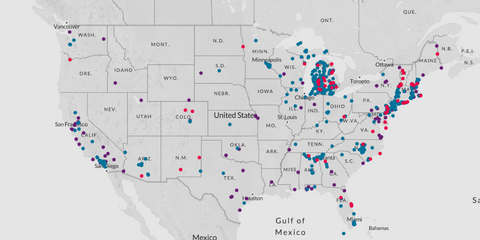 A map of PFAS contamination in the United States. Updated in 2018 by the Environmental Working Group.
A map of PFAS contamination in the United States. Updated in 2018 by the Environmental Working Group.
As of March 2019, at least 610 locations in 43 states are known to be contaminated (2) and more than 1,500 drinking water systems across the U.S. may be contaminated with PFOA and PFOS, and similar chemicals (4).
Most consumers have been exposed to PFAS, although their presence is slowly decreasing as manufacturers shift away from using these chemicals (1). However, people living near or working at facilities that produce PFAS have higher blood serum concentrations of PFOS and PFOA compared to the general population. They have an increased exposure to these chemicals through their drinking water or by inhaling soils and dust surrounding the facility (3). PFOA and PFOS make their way into public water supplies, particularly in areas near these manufacturing plants.
Exposure to PFOA and PFOS may result in negative health effects. Some identified by the EPA include the following: (1, 2)
-
Developmental effects to fetuses during pregnancy or to breastfed infants (low birth weight, accelerated puberty, skeletal variations)
-
Testicular or kidney cancer
-
Liver damage
-
Immune effects (antibody production and immunity)
-
Thyroid and cholesterol changes
Water filtration technologies that remove PFAS
In general, PFOS and PFOA resist most conventional chemical and microbial treatment technologies. The strongest proven technologies to filter PFAS out of drinking water include granular activated carbon absorption, ion exchange resins and reverse osmosis (1, 3).
The LifeStraw Home Pitcher is one of the most effective products to combat PFAS; its dual filtration technology combines membrane microfiltration with activated carbon and advanced ion exchange technology to remove PFOA and PFOS from water.
The EPA has established water advisories for the combined concentration of PFOS and PFOA to be .07 micrograms per liter. According to test results in an independent, accredited lab in the U.S., LifeStraw Home exceeds the NSF International P473 standard for reducing PFOA and PFOS. Lab results show consistent removal to below 0.01 micrograms per liter, significantly less than the EPA threshold.
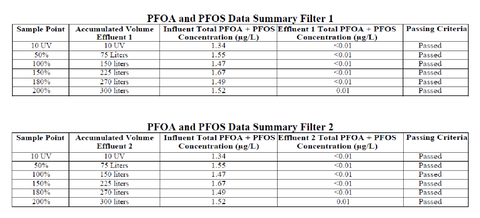
REFERENCES
-
Fact sheet PFOA & PFOS drinking water Health Advisories. EPA 800-F-16-003. USEPA, November 2016. https://www.epa.gov/ground-water-and-drinking-water/drinking-water-health-advisories-pfoa-and-pfos
-
Monica Amarelo. Mapping the PFAS Contamination Crisis: New Data Show 610 Sites in 43 States. Environmental working group (EWG). 6 May 2019. https://www.ewg.org/release/mapping-pfas-contamination-crisis-new-data-show-610-sites-43-states
-
Technical fact sheet - PFOS and PFOA. EPA 505-F-17-001. USEPA, November 2017
-
David Andrew. Report: up to 110 million Americans could have PFAS-contaminated drinking water. Environmental working group (EWG), 22 May 2018. https://www.ewg.org/research/report-110-million-americans-could-have-pfas-contaminated-drinking-water#.WxALu2nwazd
-
PFAS in drinking water. Michigan department of health and human services, 2/2019. https://www.michigan.gov/documents/pfasresponse/PFAS_in_Drinking_Water_624844_7.pdf
-
PFOA/PFOS in drinking water. NSF website. http://www.nsf.org/consumer-resources/water-quality/drinking-water/perfluorooctanoic-acid-and-perfluorooctanesulfonic-acid-in-drinking-water
-
Test Report -LS Home Pitcher. IAPMO R&T LAB, 6 May 2019.
-
Take out Toxics: PFAS Chemical in Food Packaging https://saferchemicals.org/wp-content/uploads/2018/12/saferchemicals.org_take_out_toxics_pfas_chemicals_in_food_packaging.pdf?x15132
-
Per- and Polyfluoroalkyl Substances (PFAS) https://www.fda.gov/food/chemicals/and-polyfluoroalkyl-substances-pfas
-
How can I be exposed to PFAS? https://www.atsdr.cdc.gov/pfas/pfas-exposure.html






